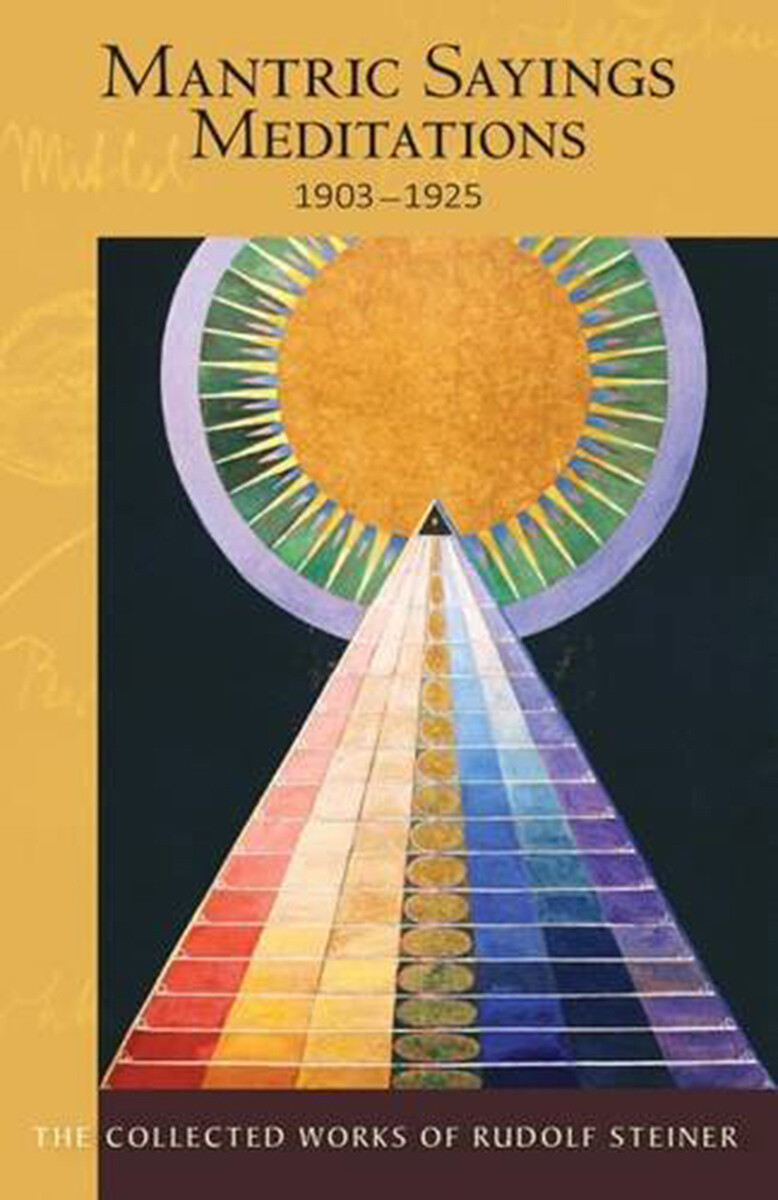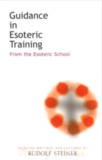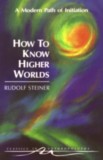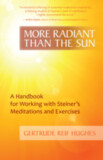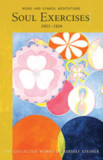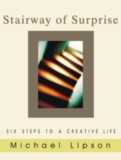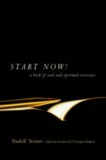Mantric Sayings
Meditations 1903–1925 (CW 268)
- Publisher
SteinerBooks - Published
15th September 2015 - ISBN 9780880106306
- Language English
- Pages 454 pp.
- Size 6" x 9"
Soul exercises, 1903–1925 (CW 268)
“Transform yourself for the sake of the world.
Learn to practice thinking, feeling, sensing, and willing without egoism.
Let your work be the shadow that your I casts
when it is shone upon by the flame of your higher self.”
By “mantric sayings” (mantrische Sprüche), Rudolf Steiner means content given by the spiritual world to be absorbed and experienced in meditation. Thus, the volume contains intuitive insights received “from the spiritual world” and, as such, the vehicle to return us to it. The meditations were often given personally to others for general use, as well as for specific situations or needs such as healing and strengthening, in relation to those who had died, or for anthroposophic work. In other words, these short texts are to be performed—to be experienced. In this sense, they are directive—enjoining us to “Do this!”—and affirmative—positive, filled with hope, and oriented toward the other and the future.
Mantric Sayings includes translations of scriptural passages and ancient versions of the Lord’s Prayer that were part of Steiner’s own meditative practice, as well as the 1913 lecture, “The Foundation Stone Address,” for this, too, contains gifts of the spirit. Also included is Steiner’s important “Macrocosmic (or Reverse) Lord’s Prayer.”
Because meditation lies at the very heart of anthroposophy, as Steiner wished to see it practiced, there are many other collections of Steiner’s meditation texts. What makes Mantric Sayings unique, however, is its range, extending from July 1903 to March 1925—virtually the entirety of Rudolf Steiner’s life as a spiritual teacher—and its personal quality. It is very clear that many of these meditations, whether given to others or simply written in his notebooks or on loose note sheets, were meditations that Steiner himself not only received, but also worked with himself in meditation. In this sense, these meditations present a kind of intimate soul portrait; they are what he did and subsequently gave to others with, as one might imagine, great love and deep knowledge of the recipients.
This book is a companion volume to Soul Exercises: Word and Symbol Meditations.
Mantric Sayings is a translation from German of Mantrische Sprüche. Seelenübungen II. 1903 –1925 (GA 268). Cover image: Altarpiece, No. 1, Group X, Altarpieces, 1915. Painting by Hilma af Klint (1862–1944), Stiftelsen Hilma af Klint Verk.
C O N T E N T S:
Introduction
PART I: Mantric Sayings and Meditations
Soul Exercises
Meditations for the Days of the Week
For Strengthening the Life Forces
To Provide Help for Others
Meditations Given During the First World War
In Memory of Those Who Have Died
From the After-Death Experience
In Memoriam
PART II: Mantric Sayings for Anthroposophic Work
For Buildings
For Work Groups and Branches of the Society
For Teachers, Doctors, and Priests
PART III: Free Translations of Biblical Texts
From the Old Testament
From the New Testament
The Macrocosmic Lord’s Prayer
Editorial and Reference Notes
Rudolf Steiner’s Collected Works
Significant Events in the Life of Rudolf Steiner
Alphabetical Index of First Lines
Rudolf Steiner
Rudolf Steiner (b. Rudolf Joseph Lorenz Steiner, 1861–1925) was born in the small village of Kraljevec, Austro-Hungarian Empire (now in Croatia), where he grew up. As a young man, he lived in Weimar and Berlin, where he became a well-published scientific, literary, and philosophical scholar, known especially for his work with Goethe’s scientific writings. Steiner termed his spiritual philosophy anthroposophy, meaning “wisdom of the human being.” As an exceptionally developed seer, he based his work on direct knowledge and perception of spiritual dimensions. He initiated a modern, universal “spiritual science” that is accessible to anyone willing to exercise clear and unbiased thinking. From his spiritual investigations, Steiner provided suggestions for the renewal of numerous activities, including education (general and for special needs), agriculture, medicine, economics, architecture, science, philosophy, Christianity, and the arts. There are currently thousands of schools, clinics, farms, and initiatives in other fields that involve practical work based on the principles Steiner developed. His many published works feature his research into the spiritual nature of human beings, the evolution of the world and humanity, and methods for personal development. He wrote some thirty books and delivered more than six thousand lectures throughout much of Europe. In 1924, Steiner founded the General Anthroposophical Society, which today has branches around the world.


